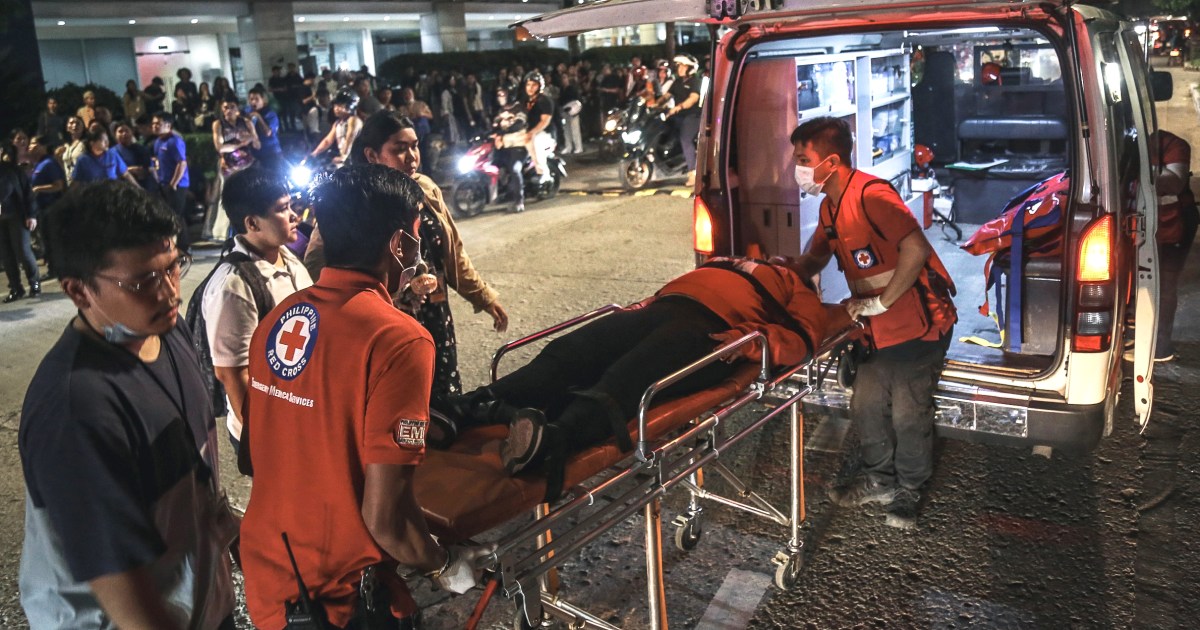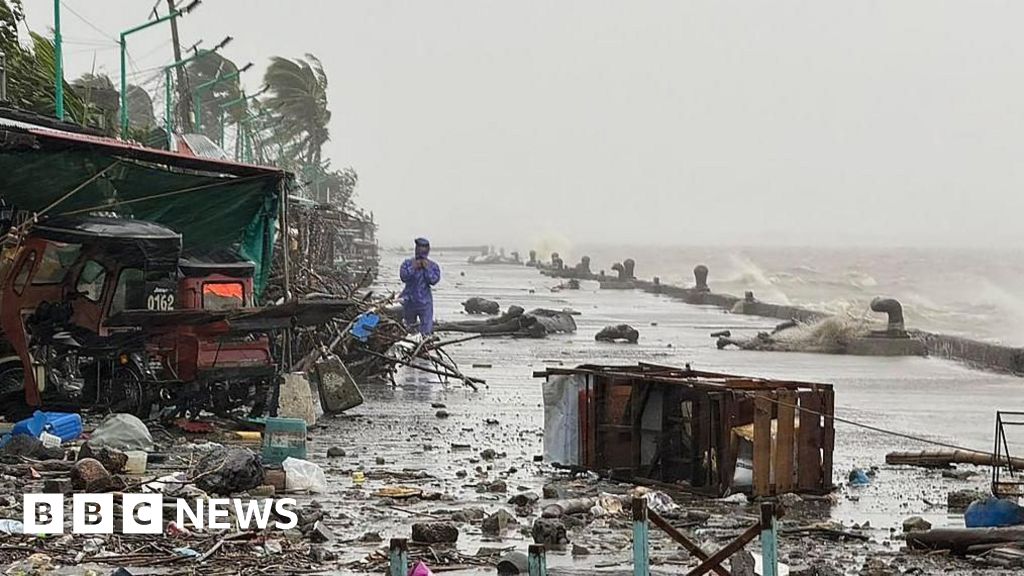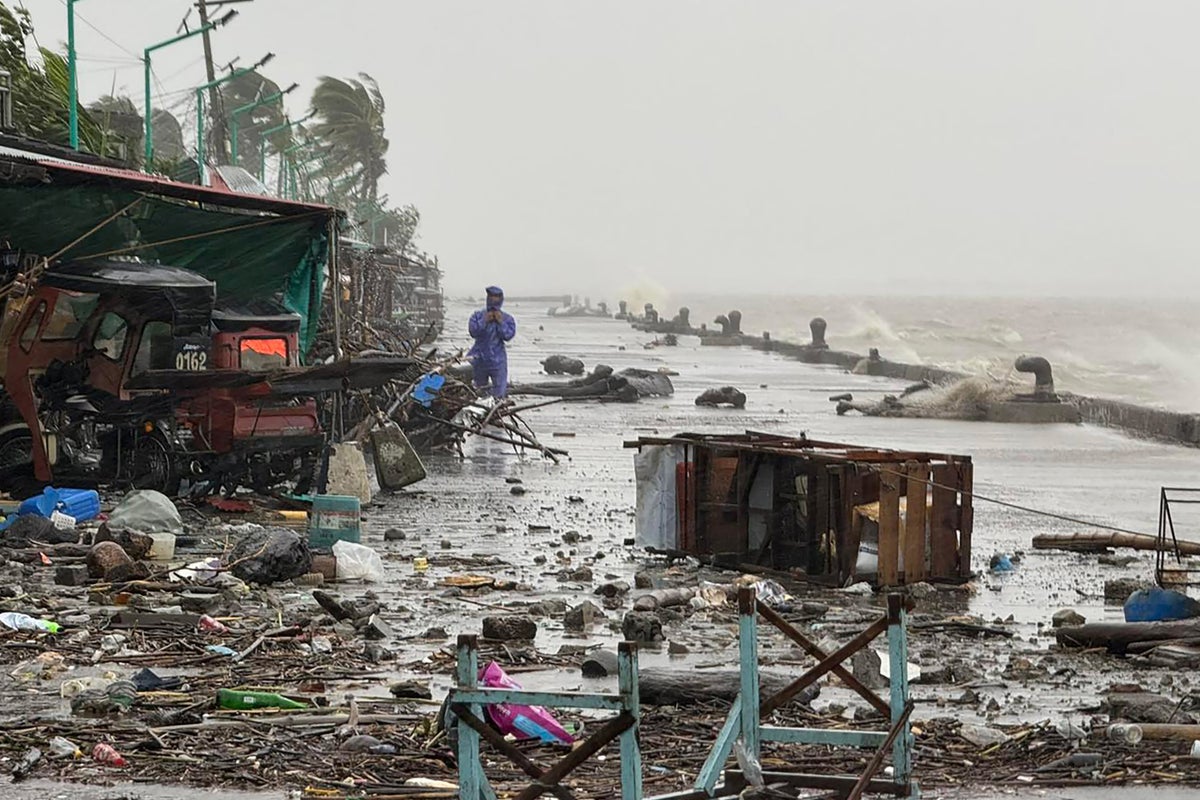The Archdiocesan Shrine of Santa Rosa de Lima in Daanbantayan, Cebu, suffered severe damage to its façade after a powerful 6.9-magnitude earthquake struck the area. (Yans Baroy)
The Archdiocesan Shrine of Santa Rosa de Lima in Daanbantayan, Cebu, suffered severe damage to its façade after a powerful 6.9-magnitude earthquake struck the area. (Yans Baroy)
THE Philippine Institute of Volcanology and Seismology (Phivolcs) has warned that aftershocks are likely to continue for several days and weeks following the 6.9-magnitude earthquake that struck Cebu on Tuesday, September 30, 2025.
Phivolcs, according to its primer released on Wednesday, October 1, some aftershocks could be felt in neighboring provinces.
As of Wednesday, more than 700 aftershocks have been logged, with some have reported and recorded intensities.
Phivolcs also included in its primer the context on historical seismicity, likely hazards, and safety guidance for affected communities following the earthquake.
Past quakes in the region
Cebu and nearby provinces have experienced at least eight significant earthquakes between 1885 and 2013, with magnitudes ranging from 5.0 to 7.2.
Notable recent events include an MS 6.9 quake in Negros Oriental in 2012 and an MS 7.2 quake in Bohol in 2013, both of which damaged structures in Cebu.
Why earthquakes occur in Cebu
The area is seismically active because of multiple fault systems, including the Bogo Fault, Daanbantayan Lineament, and the Cebu Fault System.
There are also concealed inland and offshore faults that may generate moderate to strong quakes.
Associated hazards beyond shaking
The primer outlines risks of:
• Landslides and rock falls in hilly or mountainous terrain
• Liquefaction in low-lying, sandy, water-saturated areas, which could result in ground subsidence, fissures, and lateral spreading
• Coastal inundation in vulnerable areas due to subsidence combined with high tides
• Sinkholes in regions with limestone bedrock
• Damage to buildings, falling debris, and casualties
Tsunami potential
A tsunami advisory for minor sea-level disturbances was issued following the quake, but was later on lifted.
No volcanic link
The magnitude 6.9 quake is of tectonic origin, not volcanic.
While nearby volcanoes — Biliran and Kanlaon — remain under monitoring, there is no indication that volcanic activity caused the event.
Safety and preparedness guidance
Communities are urged to:
• Prepare for aftershocks and practice drop, cover, and hold;
• Avoid reoccupying damaged structures until they are inspected and certified safe by qualified engineers;
• Secure heavy furniture and hanging items to prevent injuries;
• Inspect slopes for cracks or signs of instability, especially in areas prone to landslides;
• Share only verified information to avoid misinformation and panic.
In its primer, Phivolcs said vigilance, safety protocols, and adherence to expert advisories are essential as the region responds to the earthquake’s aftermath and ongoing seismic activity. (JJL)
[SRC] https://www.sunstar.com.ph/amp/story/cebu/cebus-m69-quake-key-facts-and-what-we-know-so-far
 Visit the website
Visit the website






